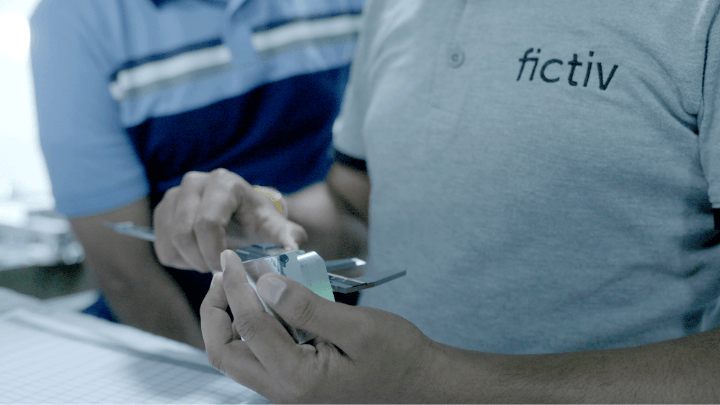Time to read: 3 min
Welcome to the January edition of hardware roundup! This month, there have been ups and downs in aerospace, 3D printing, and in the environment.
+ If you are looking for work or have work available, let me know, and I’ll include it in our next edition and on the Fictiv Builders Group.
Want to share an interesting article, job posting, or event in Hardware Roundup? Submit your link here, and we’ll do our best to include it in the next issue.
Industry News
- Adidas launched its Futurecraft 4D running shoe to the public. The shoe has a 3D-printed single component midsole that utilizes a digital light synthesis (DLS) technique, in collaboration with Carbon. + Brooks is working with HP on custom running shoes via a foot scanner to optimize how much polyurethane is injected into the shoe’s sole. [Via Fortune]
- Moonshots are hard, especially Google’s $20 million Lunar XPRIZE race to the moon, which closed this month, a decade after its launch, without a winner. [Via Scientific American]
- A 100-meter-high air purification tower in northern China has been able to improve the air quality on severely polluted days by 15% and requires very little power in order to run. [Via SCMP]
- Unfortunately, January also brought layoffs in the hardware industry. Fictiv friend eero laid off 20 percent of its employees; Sphero lost a quarter of its staff; and Type A Machines closed its doors. However, the smart helmet Skully is back from the dead.
Hardware Knowledge
- The CEO of Kitty Hawk and founder of Google X, Sebastian Thrun, has started a nano-degree program in flying and autonomous cars on Udacity (of which he is chairman and co-founder), whose graduates “will be immediately qualified to work in, and shape, this incredible field.” [Via Udacity]
- Component obsolescence management is a crucial part of designing a product; engineers must guarantee that any components used will be available for the lifetime of the product. Pascal Lang offers some tips. [Via Supply Frame]
- Scientists have discovered that the European plant-hopping insect Issus uses mechanically interacting gears to synchronize the rapid jumping movements of its legs, the first example of a natural cog mechanism with an observable function. [Via Cam.AC.UK]
- Read about how Thomas Edison invented the phonograph, which records sounds and plays them back again, by drawing on his knowledge of the telegraph and the telephone. [Via GE]
- Green energy sources still require large amounts of finite resources, especially metals like copper, lithium, and silicon. Cambridge House created an infographic on the raw materials fueling the green revolution. + The super materials of tomorrow: their properties and uses.
Events
- Solidworks World starts next week in Los Angeles.
- Also in LA next week, the Formlabs Roadshow hosts its LA events.
- The Pacific Design and Manufacturing Conference takes place in Anaheim Feb 6-8.
- Hardware Massive is hosting a Perspectives from CES evening in San Francisco on Feb 1.
Community
- On the Fictiv Builders Group, Steve has a question about standard methods for assessing production run costs, and Colin (Sphero Dr of hardware) wants to know about companies looking for hardware talent.
- Alpine is looking for a Senior Mechanical Engineer and 3D Printing Technician.
- We’re hiring! Check out our latest jobs here.
For the Love of Engineering
The Heinz factory in Wigan, England, is the largest baked bean factory in the world and produces over three million cans of baked beans each day.

Until next month!
Fin, Hardware Evangelist at Fictiv










